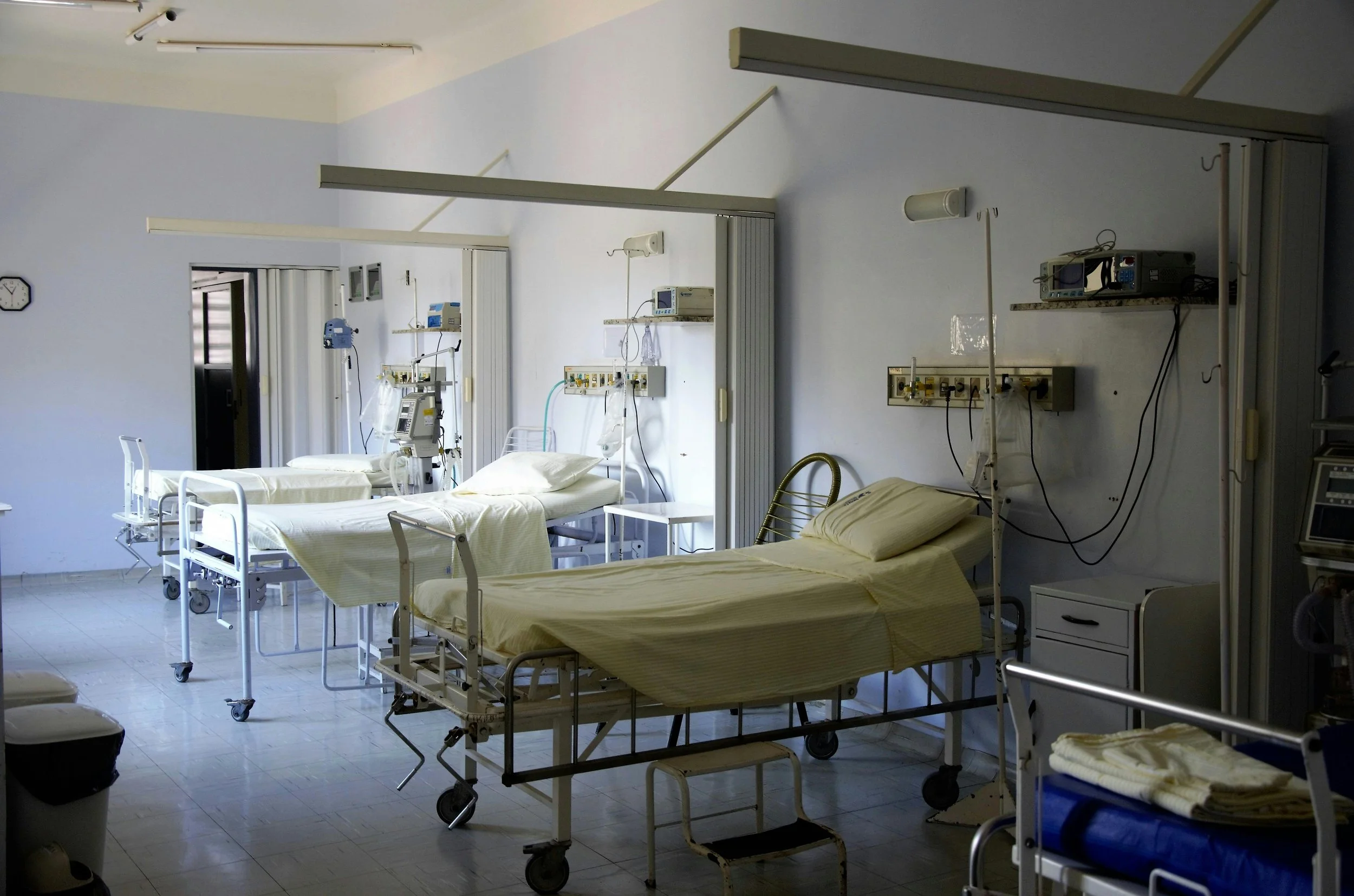Leah’s Story - Rock Bottom and First Steps Toward Recovery
In early June 2023, Leah was downtown with $60 to her name, a couple changes of clothes and some food in her bag. She was looking for something to ease her intense withdrawals, but she didn’t trust anybody because there were so many dangerous drugs around and so many people she knew were getting poisoned.
Leah saw a girl she trusted and asked her if she knew anybody who had anything. The girl pointed to a man who was walking away. When Leah reached the man, she asked him if the drugs were OK and he told her yes, that his girlfriend used the drugs. Leah could see his girlfriend sitting there and she seemed fine, so she bought a bit of it and jumped on a train to Bridgeland.
By the time Leah got to Bridgeland, she was very sick and threw up. She walked over to the train shelter and sat down. There was a couple sitting in there on the other side. “I didn’t care. I just pulled out my drugs and on my first hoot, I knew something was wrong.” She struggled to stay awake. The contents in her hands dropped to the ground and she blacked out.
When she awoke two days later in a hospital, she could barely move. Her chest felt bruised and caved in. Doctors told her she had died at the train station and that the CCTV cameras had saved her life. Leah knew she was incredibly lucky. “Had I chosen anywhere else to go, I would have died,” she reflected.
The nurse brought Leah her clothes but was told her bag had been taken by the people she had been with at the train station. The nurse asked if she had anyone who could pick her up. Leah had nobody, so they gave her a bus ticket. She took the bus to her Auntie’s house and stayed there for the day. She told her auntie, through tears that she had almost passed away.
It reminded Leah of how two of her aunties had passed away; one of them was murdered and the other was left to overdose and passed away in a hospital. Remembering her aunties she called Chelsea at CUPS to get help. They were able to set up treatment for Leah, but on the day she was to go to treatment, she didn’t meet up with Chelsea. “I knew she was there waiting for me at my pickup spot. I had even got a bag together, but at the last minute I was out trying to get more drugs, so I didn’t show up.”
In November, Leah passed out and the workers at the DI called an ambulance that took her to the Foothills Hospital. The nurse there put Leah in the lobby, where she fell in and out of consciousness. She could barely lift her arms to push herself in the wheelchair but made it to the front desk.
Leah asked when she was going to be seen by the doctor. But they kept calling security or the HELP Team to come pick Leah up because she had no one she could call. Then Leah started sobbing. “Look at me as a person. I’m a person. I’m a grown woman and I can’t even go to the bathroom by myself. I need help! Can I please see a doctor?” For the first time, the nurse looked at Leah. Leah was so relieved and realized how important it was to advocate for herself.
Leah was admitted to the hospital where she found out she had double pneumonia, and her body was shutting down from withdrawing and severe dehydration. She was at the brink of death. It was December when Leah decided she was not going to leave that hospital. “I knew if I went out there again, I would die. I knew I needed help. I was going to stay sober, and I would do whatever it took to live.”
Leah was transferred to South Health Campus and met with the Native Liaison Worker there. Leah told her she wanted to call Chelsea at CUPS to help her to get into treatment. “I wanted to have a plan in place, and that’s when the nurse told me about Oxford House.
Then Leah faced a new hurdle. The hospital planned to release her just one week before her Oxford House pre-treatment intake. They initially sent her to the DI, a place filled with triggers, and she broke down in fear. Her sister coordinated with an aunt so Leah could stay safe until she could get into Oxford House.
Even with this support, Leah faced challenges. She hadn’t had Suboxone for days and felt the physical pain of withdrawal, so she took some Advil PMs because she had a horrible headache. As soon as she was able to get Suboxone again she was okay. The day came when she made it to Pre-treatment where a drug test came back positive for PCP, something Leah insisted she hadn’t used. The staff believed her and gave her another drug test a couple of days later that came back negative. This ensured that she could remain in the house.
At four weeks at Oxford House, Leah was still waiting for a spot in treatment. Treatment centers had three-month waiting lists, and Leah felt defeated. But a counselor noticed her struggle and reassured her: “Keep doing what you’re doing, you’ll be OK.” That support gave her hope. “I felt reassured, like someone had my back, and I really loved them for that.”
Finally, Leah secured a spot at Aventa and stayed there for the full seven weeks. By week five, she and the staff began creating a recovery plan. Leah knew she couldn’t return to the streets. She worked closely with her CUPS worker to arrange doctor appointments, income support, and housing after treatment. She applied online for Oxford House’s Indigenous home and was accepted into the house after her interview with the ladies that would become her roommates.
In the next and final post, we’ll follow Leah as she moves into one of Oxford House’s Indigenous Peer and Culturally supported homes where she begins her healing and growth and takes steps to rebuild her life.

